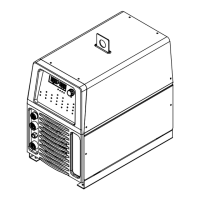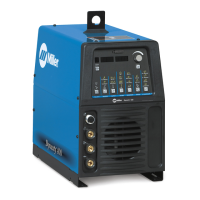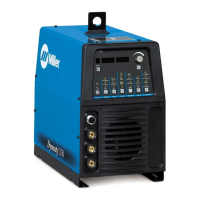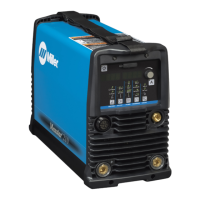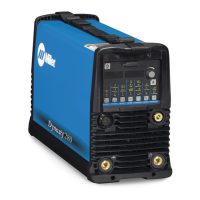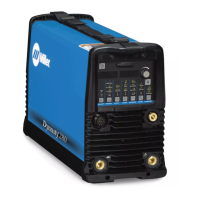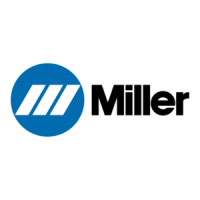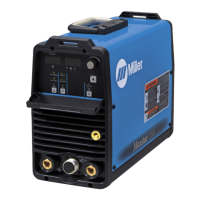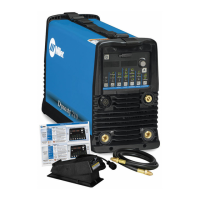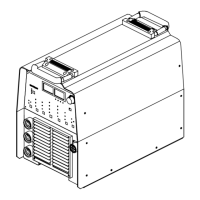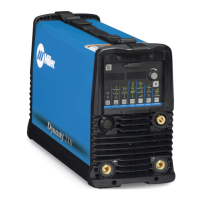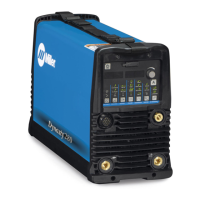How to fix a Miller DYNASTY 700 Welding System with no weld output and is completely inoperative?
- MMrs. Jessica Smith DDSAug 3, 2025
If your Miller Welding System has no weld output and is completely inoperative: 1. Ensure the line disconnect switch is in the On position. 2. Check and replace the line fuses if necessary, or reset the circuit breaker. 3. Check for proper input power connections.
